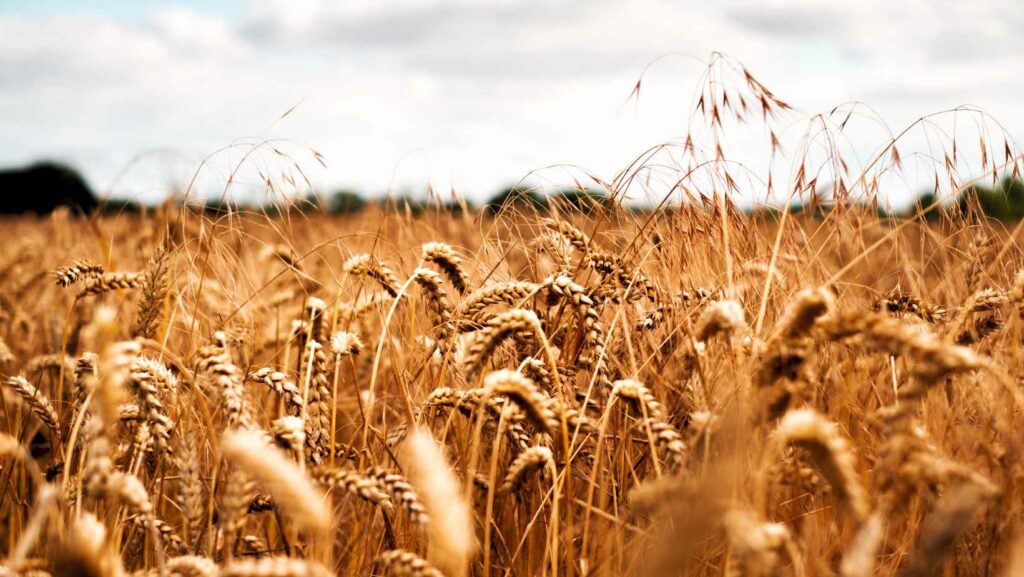
A Beginner’s Guide: How to Invest in Wheat
Looking to invest in wheat? Wondering how to get started? Well, you’ve come to the right place. In this article, I’ll provide you with some valuable insights on how to invest in wheat and potentially profit from this versatile commodity.
Firstly, it’s important to understand that investing in wheat can be done through various avenues. One option is to directly trade futures contracts on commodities exchanges, such as the Chicago Board of Trade (CBOT). Futures allow you to speculate on the price movement of wheat without physically owning it. Another approach is investing indirectly by purchasing shares in agricultural companies or exchange-traded funds (ETFs) focused on the grain industry.
Before diving into any investment, thorough research is crucial. Familiarize yourself with factors that influence wheat prices, such as supply and demand dynamics, weather conditions impacting crop yields, government policies affecting global trade, and international market trends. Staying informed about these variables will help you make well-informed decisions when entering or exiting your positions.
Understanding The Basics of Wheat Investment
Investing in wheat can be a smart move for those looking to diversify their portfolio and potentially earn a steady income. In this section, we’ll explore the benefits of investing in wheat, factors to consider before making an investment, and different ways you can invest in this versatile commodity.
Benefits of Investing in Wheat
Investing in wheat offers several advantages that make it an attractive option for investors. Here are some key benefits to keep in mind:
- Stability and Demand: Wheat is one of the most widely consumed grains globally, making it a staple food source for many countries. Its consistent demand provides stability to wheat prices, which can be beneficial for long-term investors.
- Diversification: Including wheat investments in your portfolio can help diversify risk by reducing reliance on other asset classes like stocks or bonds. As a physical commodity, wheat has low correlation with traditional financial markets, offering potential protection during economic downturns.
Factors to Consider Before Investing in Wheat
Before diving into wheat investment, there are some important factors to consider:
- Market Analysis: Stay informed about global supply and demand dynamics as well as market trends affecting wheat prices. Factors such as weather conditions, geopolitical events, and government policies can greatly impact the profitability of your investment.
- Risk Management: Like any investment, there are risks associated with investing in wheat. Consider implementing risk management strategies such as setting clear investment goals, diversifying your portfolio across different commodities or sectors within agriculture, and monitoring price fluctuations regularly.
- Storage Costs: When investing directly in physical wheat commodities or futures contracts, storage costs should be taken into account since proper storage facilities are required to maintain the quality and value of the grain.
Different Ways to Invest in Wheat
There are various ways you can invest in wheat depending on your financial goals and risk appetite:
- Futures Contracts: Trading wheat futures contracts allows you to speculate on the price movements of wheat without physically owning the commodity. It offers flexibility and liquidity, making it popular among short-term traders.
- Exchange-Traded Funds (ETFs): ETFs that track agricultural commodities, including wheat, provide investors with an opportunity to gain exposure to this market segment without directly trading futures contracts. These funds offer diversification and ease of trading similar to stocks.
- Agricultural Stocks: Investing in companies involved in the production, processing, or distribution of wheat can be another way to indirectly invest in this commodity. Research agricultural companies with strong fundamentals and a focus on wheat-related activities.

How to Invest in Wheat
When it comes to investing in wheat, understanding the market and keeping track of trends is crucial. Here are some key factors to consider when analyzing the wheat market:
- Supply and Demand: One of the fundamental aspects of any commodity market is the balance between supply and demand. Keep an eye on global production figures, weather conditions affecting crop yields, and changes in consumption patterns. These factors can greatly impact wheat prices.
- Price History: Examining the historical price movements of wheat can provide valuable insights into its volatility and potential profitability. Look for patterns or trends that may indicate future price movements.
- Government Policies: Government policies related to agriculture, trade regulations, subsidies, or export restrictions can significantly influence the wheat market. Stay updated on any policy changes or announcements that may affect supply or demand dynamics.
By considering these factors while analyzing the wheat market, you’ll be better equipped to make informed investment decisions.
Remember that investing in commodities like wheat carries risks along with potential rewards. It’s essential to conduct thorough research, diversify your investment portfolio, and consult with a financial advisor before making any investment decisions.





